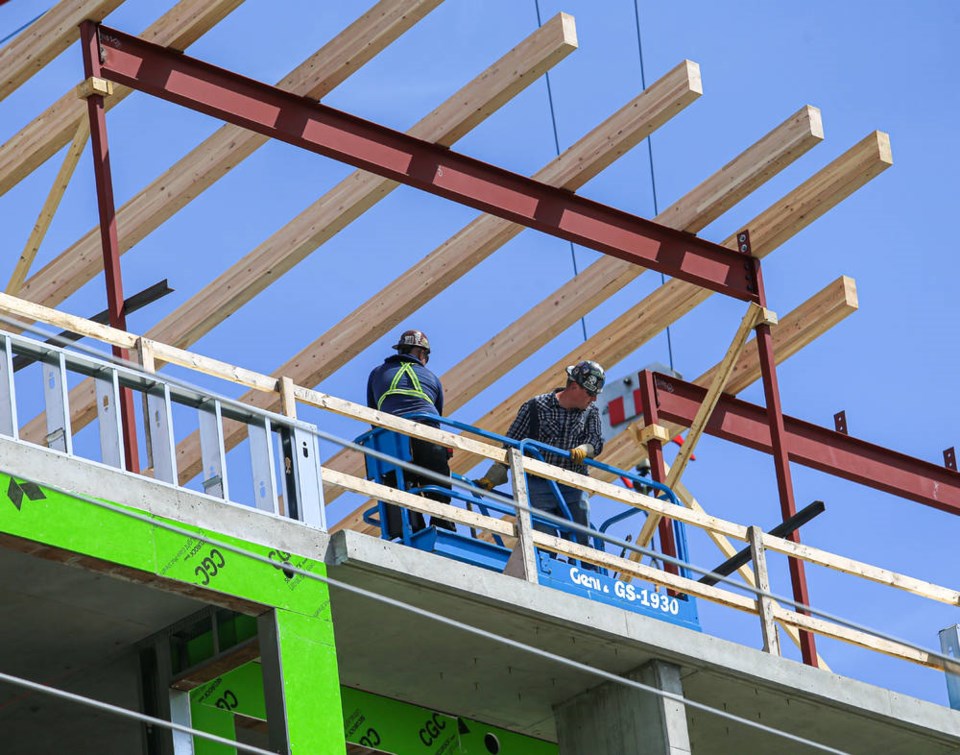A commentary by the Capital Regional District’s general manager of planning and protective services.
In response to the June 16 commentary, “We are rushing toward a crowded future,” the Capital Regional District adopted an updated regional growth strategy in 2018.
The strategy was co-created by our 13 member municipalities and the Juan de Fuca Electoral Area with input from citizens, First Nations, school district boards, community stakeholders, and provincial and federal agencies.
It sets out a vision for the region where residents thrive in a vital economy and livable communities, and where we benefit from wise stewardship of the environment and collective commitment to action on climate change.
To achieve this vision, the strategy encourages compact growth, multi-modal transportation, greenhouse-gas emission reductions, environmental conservation, protection of human and ecosystem health, and safe and well-planned communities.
While the strategy sets out the sustainability vision for the region, municipalities, through their official community plans and land use authorities, are responsible for taking action. The CRD supports this work through regular monitoring of growth, reporting annually through the Regional Growth Strategy Indicators Report.
The June 16 commentary has significant inaccuracies in the assessment of the regional growth strategy projections. It cites inaccurate and out-of-date population projections and incorrectly infers that the strategy does not anticipate nor plan for the rates of growth we are experiencing. It relies on an outdated projection using old census data rather than the current adopted growth strategy projections produced in 2019 by B.C. Stats.
Additionally, the commentary compares different geographical areas, which leads to the finding that the regional growth projections will be quickly exceeded.
The rate of growth in the region has varied in the past few decades, reaching as high as 2.6 per cent in 1990, and as low as 0.2 per cent in 2000. From 1999 to 2011 our average rate of growth was 0.7 per cent, which makes the growth through the 2012-2020 period at 1.8 per cent seem rapid.
This rate of growth is projected to decline over the next decade. According to Statistics Canada, a 1.8 per cent rate of growth in a metropolitan region is consistent with a national long-term trend of urbanization.
How we accommodate that growth is critical to helping us achieve our regional vision.
Population projections do not set the course of growth. They provide us the information we need to plan for the future, including housing, transportation systems and public utilities.
The CRD regularly updates these projections based on new census data and, every five years, considers whether the growth strategy sets us on the right course to meet the needs of current and future residents.
The growth strategy vision is to contain 95 per cent of growth in designated areas, and to concentrate that growth in a way that is connected. It will also help to protect our parks and resource lands.
Doing so will let people live in places where they can easily and affordably walk, cycle and take transit to the places they want to go.
It is up to each municipality and the Juan de Fuca Electoral Area to put this into action.
The growth projections are an opportunity to help us all plan for change so that we take action on climate and create healthy, affordable and inclusive places for all our residents.
• For more information on the RGS and population projections, go to crd.bc.ca/project/regional-growth-strategy



